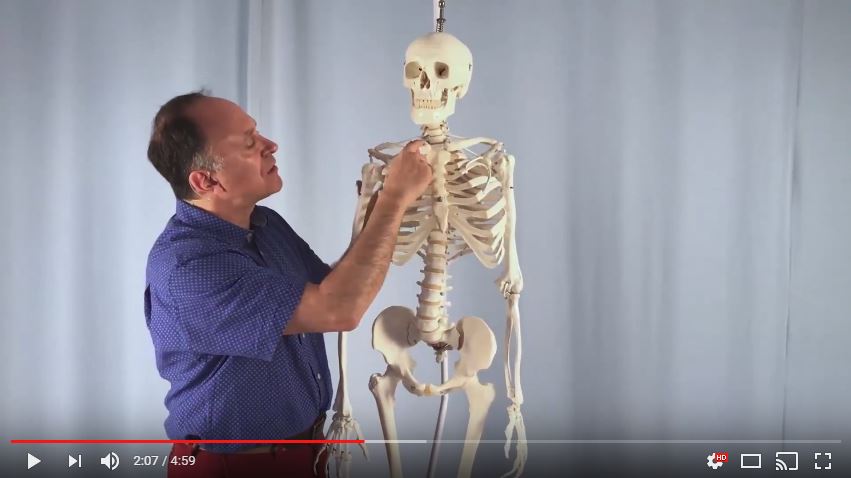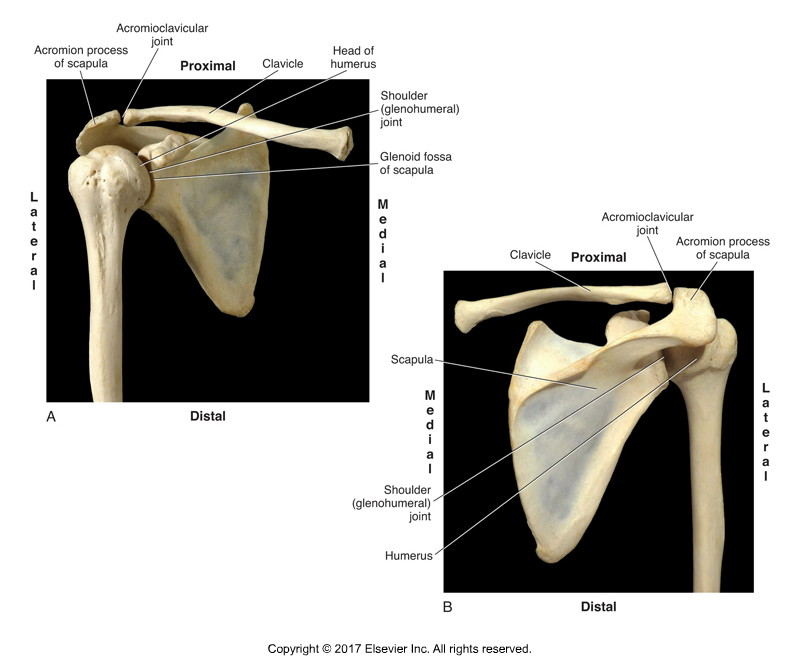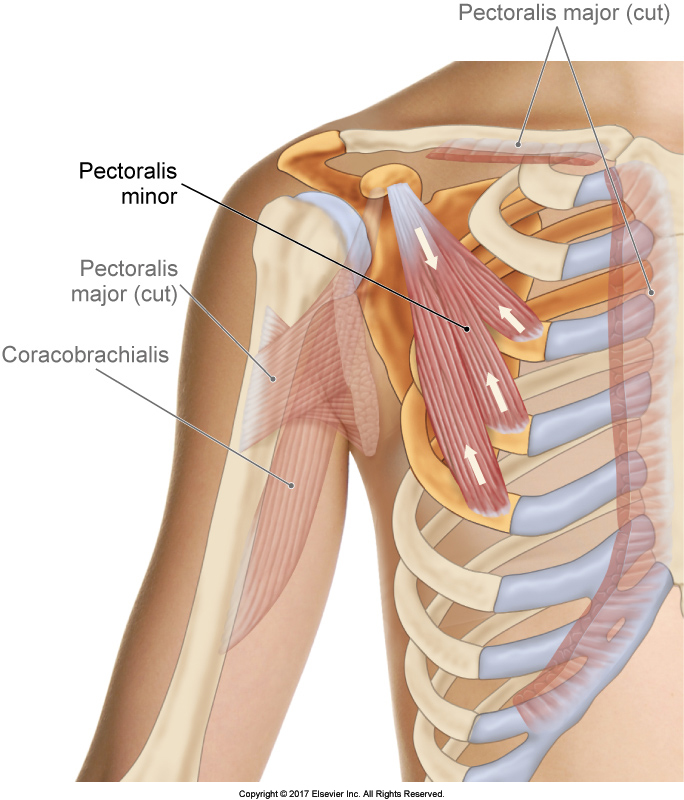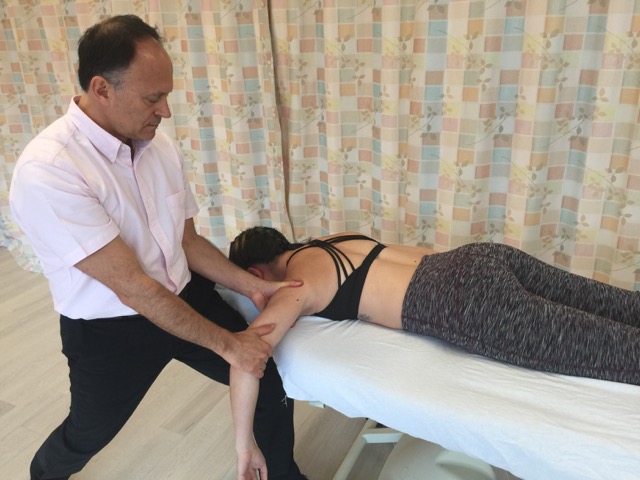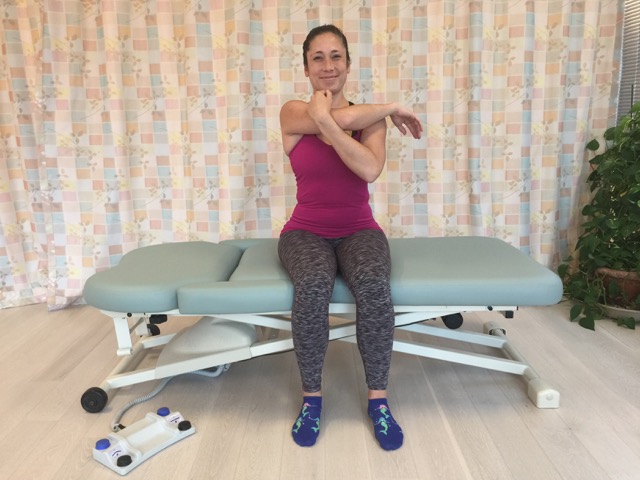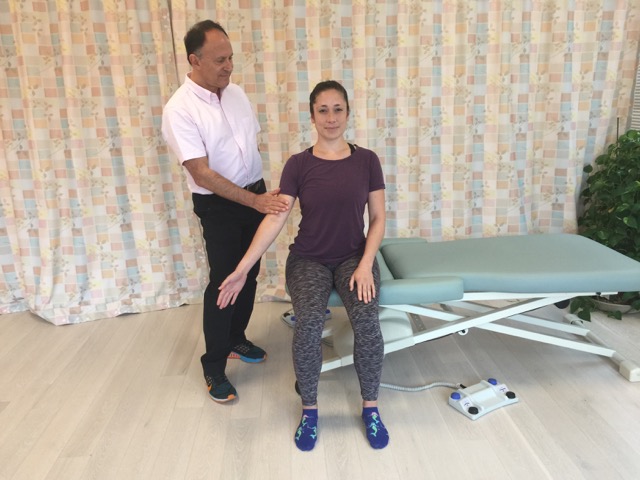This case series of five patients with frozen shoulder demonstrates that active muscle guarding may be a major contributing factor to frozen shoulder.
FREE DCOMT video – The Shoulder Corset
The scapula and clavicle are usually referred to as the shoulder girdle, but do they really comprise a “girdle”? In this free Digital COMT video, I make the case that the shoulder girdle would be better termed the shoulder corset. This video plus 100s more are available on DCOMT.
Six Causes of Shoulder Impingement Syndrome – Part 3
Another reason for shoulder impingement syndrome to occur is insufficient elevation of the clavicle. Most of scapular upward rotation is actually caused by elevation of the clavicle at the sternoclavicular joint, so if clavicular elevation is prevented for any reason, shoulder impingement syndrome can occur.
Six Causes of Shoulder Impingement Syndrome – Part 2
For scapular upward rotation to occur, scapular downward rotator musculature must lengthen. If scapular downward rotation muscles are tight, they might not be flexible enough to allow for scapular upward rotation, thereby causing shoulder impingement syndrome to occur.
How do we treat rotator cuff pathology with manual therapy?
Manual therapy treatment for a pathologic rotator cuff tendon depends on which tendon is affected and the specific pathology of the tendon.
What are the self-care and medical approaches to rotator cuff pathology?
Self-care for the client/patient with rotator cuff pathology depends on the specific muscle that is affected and the specific pathology that is present.
What are the signs and symptoms of and how do we assess (diagnose) rotator cuff pathology?
Signs and symptoms of rotator cuff pathology include pain, joint crepitus, weakness, and decreased range of motion when moving the shoulder (glenohumeral) joint.


